Blow away those cobwebs, stretch those legs, fill those lungs with crisp cold air and see what amazing winter wildlife you can spot! These Boxing Day walks, each suggested by a conservation organisation or charity, are guaranteed to lift your spirits.
If you are planning to see wildlife, please follow the latest government advice regarding coronavirus, and bear in mind that there are different restrictions in place between England, Wales, Scotland and Northern Ireland, and in more localised areas as well.
1
Lackford Lakes, Suffolk Wildlife Trust (Suffolk) (above)
Lackford Lakes is a wildlife oasis with a landscape of lakes, reeds, meadow and woodland. There is wildlife in close-up all year round from iridescent kingfisher and dazzling dragonflies to elusive otter. Birds including shoveler, lapwing, goosander, bittern and goldeneye depend on the lakes during the winter months.
With 6km of trails, wildlife hides for close views of wintering birds and wildlife activities Lackford is a great Boxing Day outing.
2
Blakeney National Nature Reserve, National Trust (Norfolk)
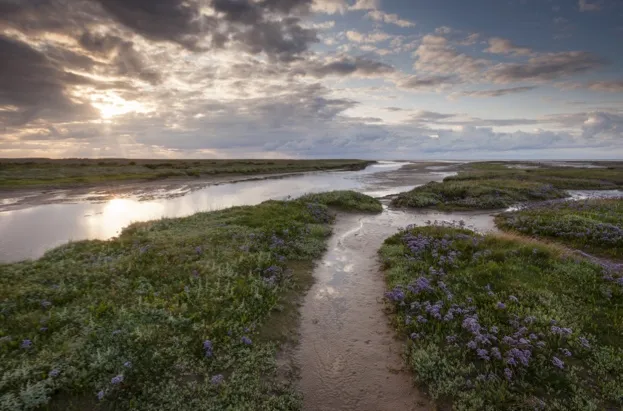
The North Norfolk coast is a great place for blustery winter walks, with its huge skies, wide expanses of salt marsh and superb birdlife. The coastline is known for grey seals and terns, but this walk takes your around the lesser-known ‘Freshes’ area of the Blakeney National Nature Reserve.
This salt marsh and reed bed habitat is managed specially for breeding waders and over-wintering wildfowl. Look out for large swirling flocks of golden plover above the harbour and marshes, or spot wigeon and brent geese grazing in the fields.
3
Woodhall Dean Wildlife Reserve, Scottish Wildlife Trust (East Lothian)
Woodhall Dean, a 60 ha woodland wildlife reserve on the edge of the Lammermuir Hills south of Dunbar is one of the fragments of ancient woodland (dominated by sessile oak) that once covered much of southern Scotland.Winter is a good time of year to get a glimpse of roe deer through the trees. Resident woodland birds such as great-spotted woodpeckers need to stay active to find food and dippers may be seen on the burn. A 2 km circular path leads you through the reserve and offers some spectacular views of the East Lothian coast.
4
Frampton Marsh, RSPB (Lincolnshire)
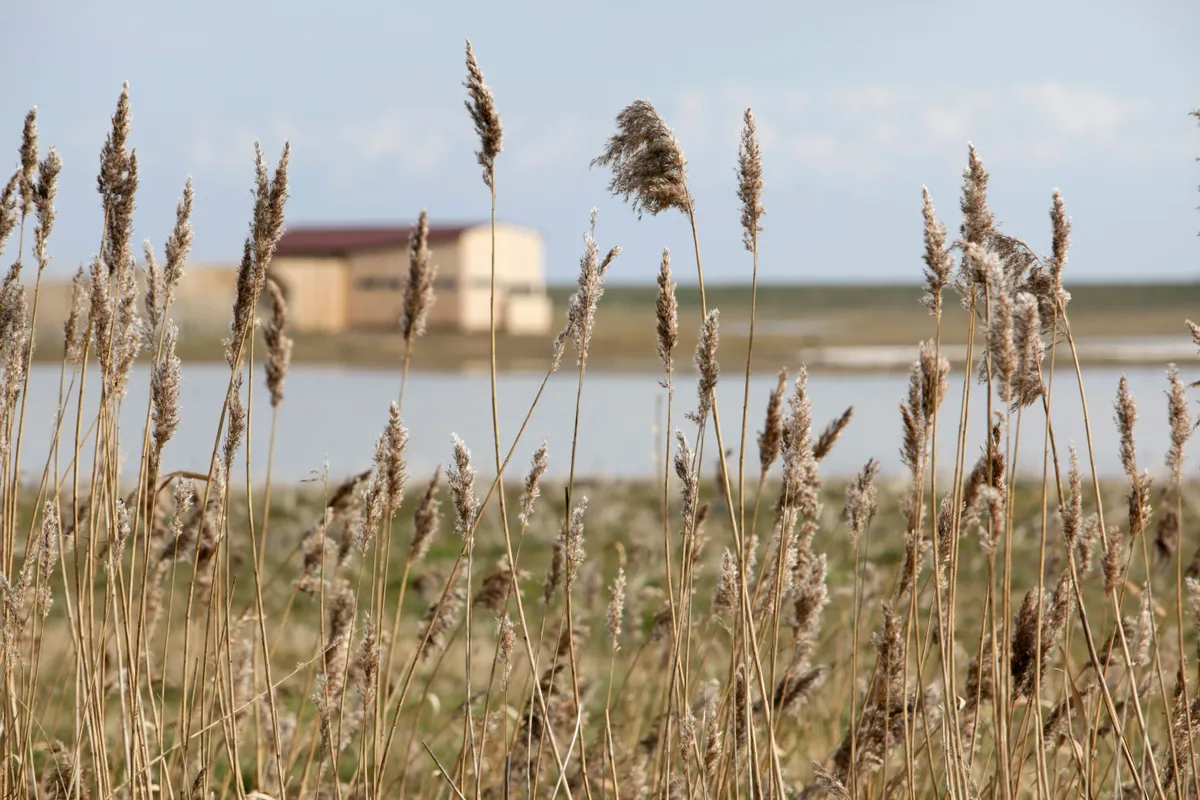
Visit one of the RSPB’s most amazing wetland nature reserves. In winter Frampton Marsh becomes a magnet for thousands of birds who will make this fantastic place their home for the colder months. See the huge gatherings of wildfowl and waders that have flown from hundreds of miles within the Arctic Circle just to be there. The site is also very good for winter golden plover flocks, a starling murmuration, farmland birds and numerous birds of prey.
Although Frampton Marsh is a fairly new RSPB reserve, opening just eight years ago, it is now a key area for breeding and wintering birds. In 2016, readers of Birdwatch magazine voted the reserve as ‘Site of the Year’ in the Birders’ Choice Awards, recognising the sizeable list of rare birds visiting each year.
5
Magdalen Hill, Butterfly Conservation (Hampshire)
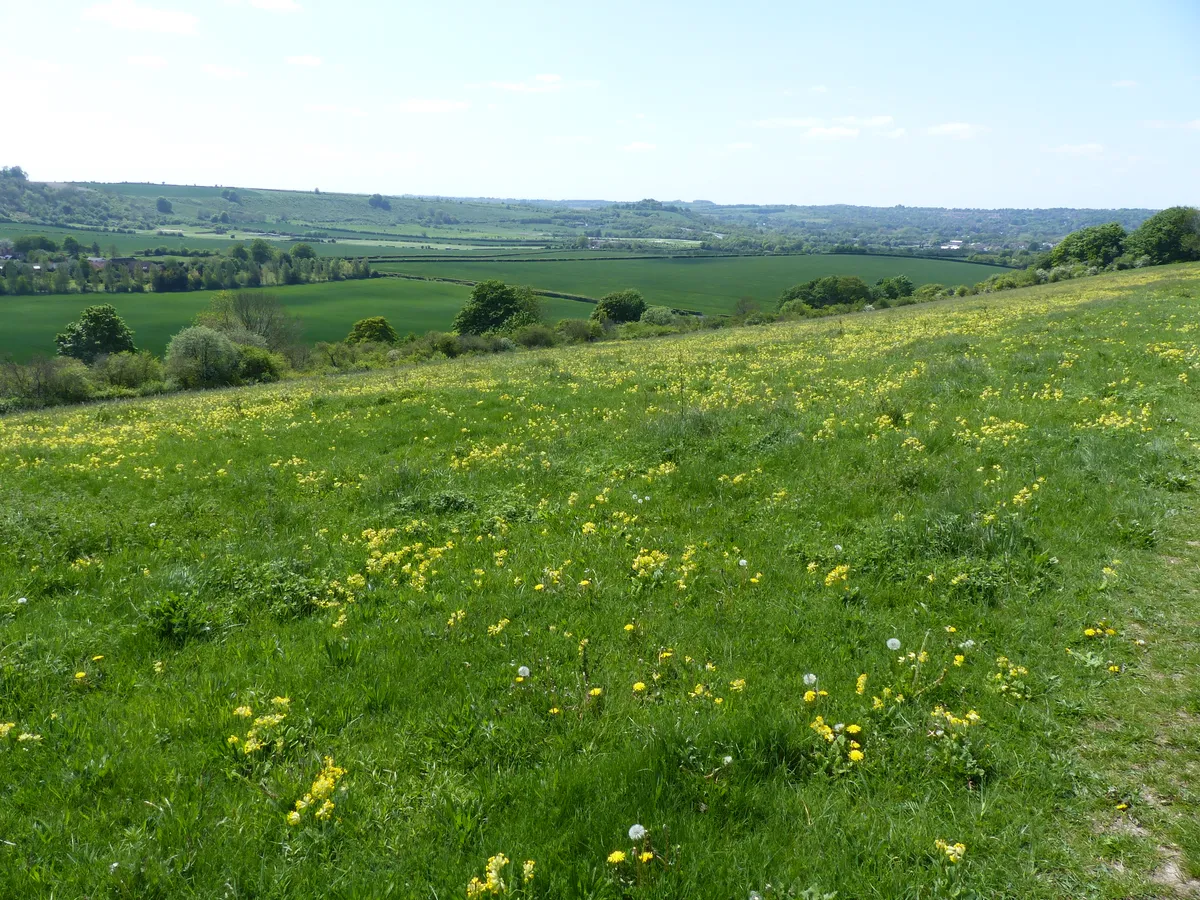
Once the site of Winchester's ancient fair, and a large army camp during WW1, Magdalen Hill reserve is a stunning expanse of chalk downland that is now home to rare skippers and hairstreak butterflies.
The original reserve has been extended twice (mid 1995 and 2004) by taking on large neighbouring areas of arable land. On these chalk grassland is being very successfully re-created through sowing with native grass and flower seed from other Hampshire sites. At the top of the reserve are several Bronze Age Round Barrows, listed as Scheduled Ancient Monuments.
6
Pulborough Brooks, RSPB (West Sussex)
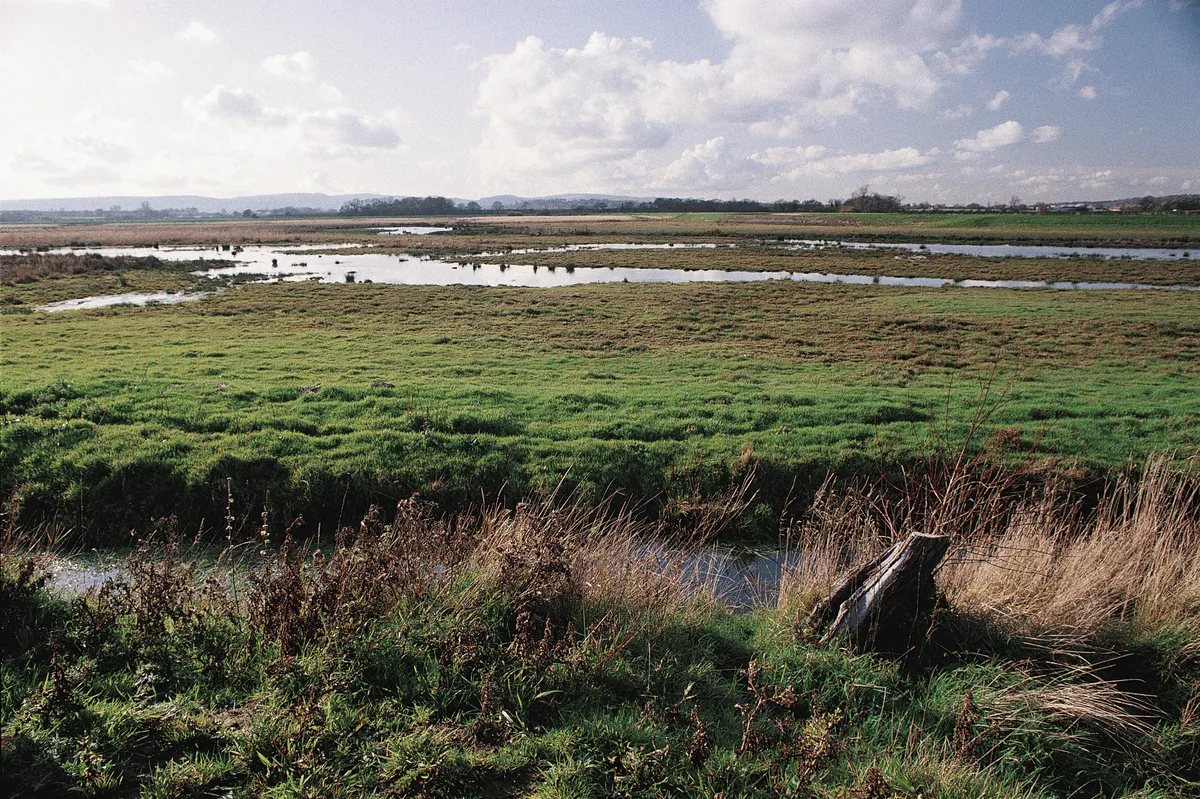
This tranquil wildlife oasis a couple of hours’ drive from London, a perfect getaway for a festive day out. This corner of the South Downs National Park is teeming with birds at this time of year.
Thousands of wintering ducks, geese, swans and waders use the flooded brooks. Look out for wigeons, teals, pintails, shovelers, mallards, lapwings, ruffs, snipe and Bewick's swans. Short-eared owls, barn owls, hen harriers, peregrines, merlins and sparrowhawks are also regularly seen hunting over the reserve.
7
Mabie Forest, Butterfly Conservation (Dumfries and Galloway)
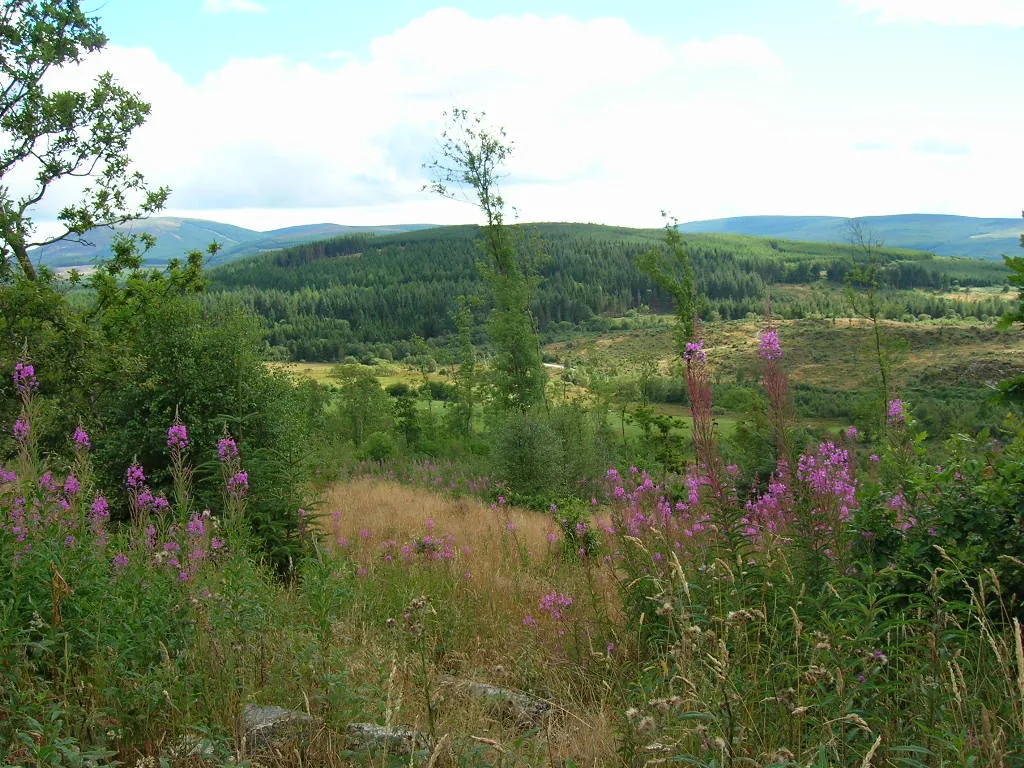
This reserve is on Forestry Commission Scotland land, just a few miles from Dumfries. In spring and summer, it is home to over 20 of Scotland's 32 resident butterflies. This peaceful loch-side forest reserve is also home to red squirrel, wild boar and red kite.
8
Murlough National Nature Reserve, National Trust (County Down)
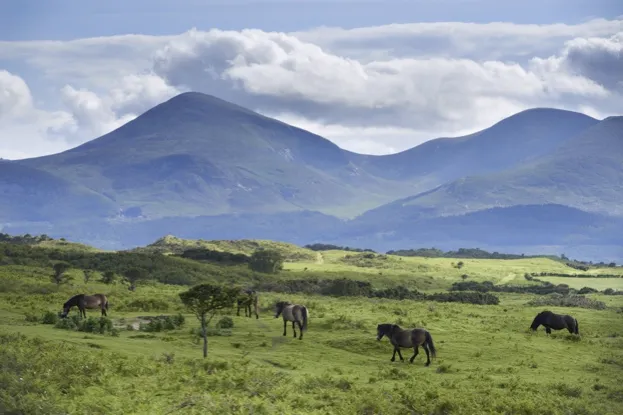
It can get nippy on the coast, so remember to wrap up warm before you head out through woodland and over the dunes at Murlough National Nature Reserve.
Even in winter there’s plenty to see here, from the Exmoor ponies which graze year round and help the rangers keep Murlough’s scrub in check, to an abundance of wildfowl and waders. You might also spot flocks of wintering thrushes such as redwings and fieldfares, and maybe even brent geese on the neighbouring farmland.
9
Hauxley reserve, Northumberland Wildlife Trust (Northumberland)
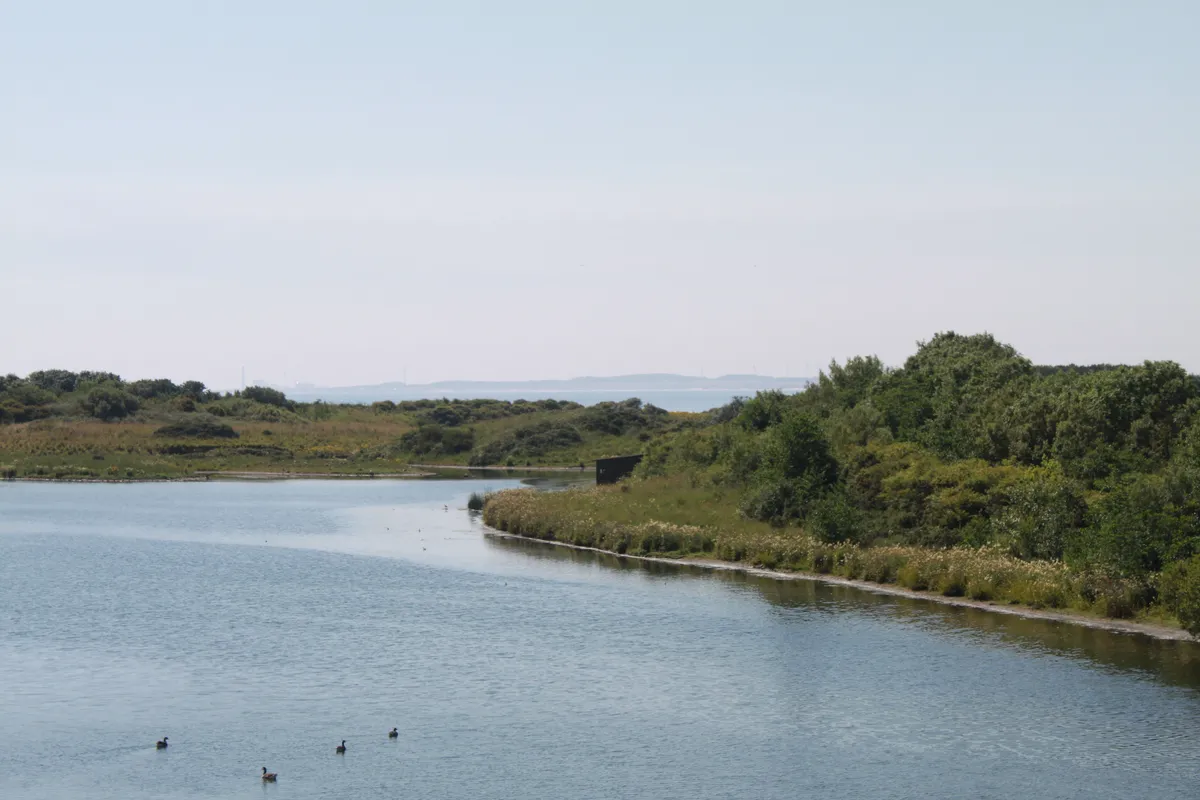
Shake off the Christmas excess with a walk around round Northumberland Wildlife Trust’s Hauxley nature reserve, situated on Druridge Bay, and internationally renowned for its birds.
In December there will be plenty of over-wintering birds touching down on the reserve and, because of the water, the site attracts wild fowl - greylag and barnacle geese. You might even see the very sociable red squirrels.
10
Loch Ardinning, Scottish Wildlife Trust (Stirling)
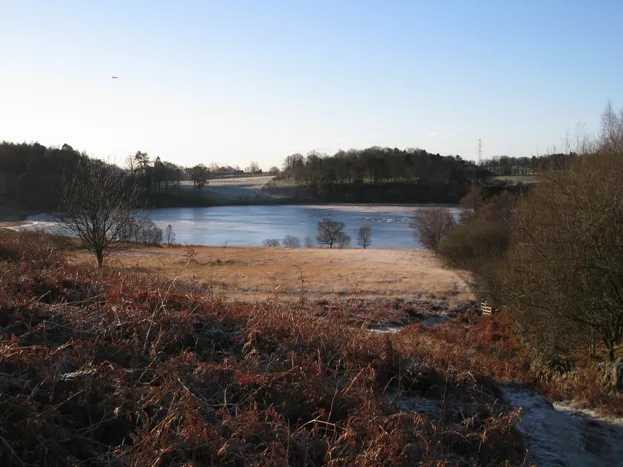
Loch Ardinning is a picturesque wildlife haven a short distance north of Glasgow. There are areas of wetland, woodland, grassland and moorland.
A nature trail skirts the loch offering great views over the water and the woodland beyond. Look out for wintering birds such as tufted duck and whooper swans. A longer more strenuous moorland trail leads to the highest point of the reserve, which looks out over the Ben Lomond and the Campsie Fells.
